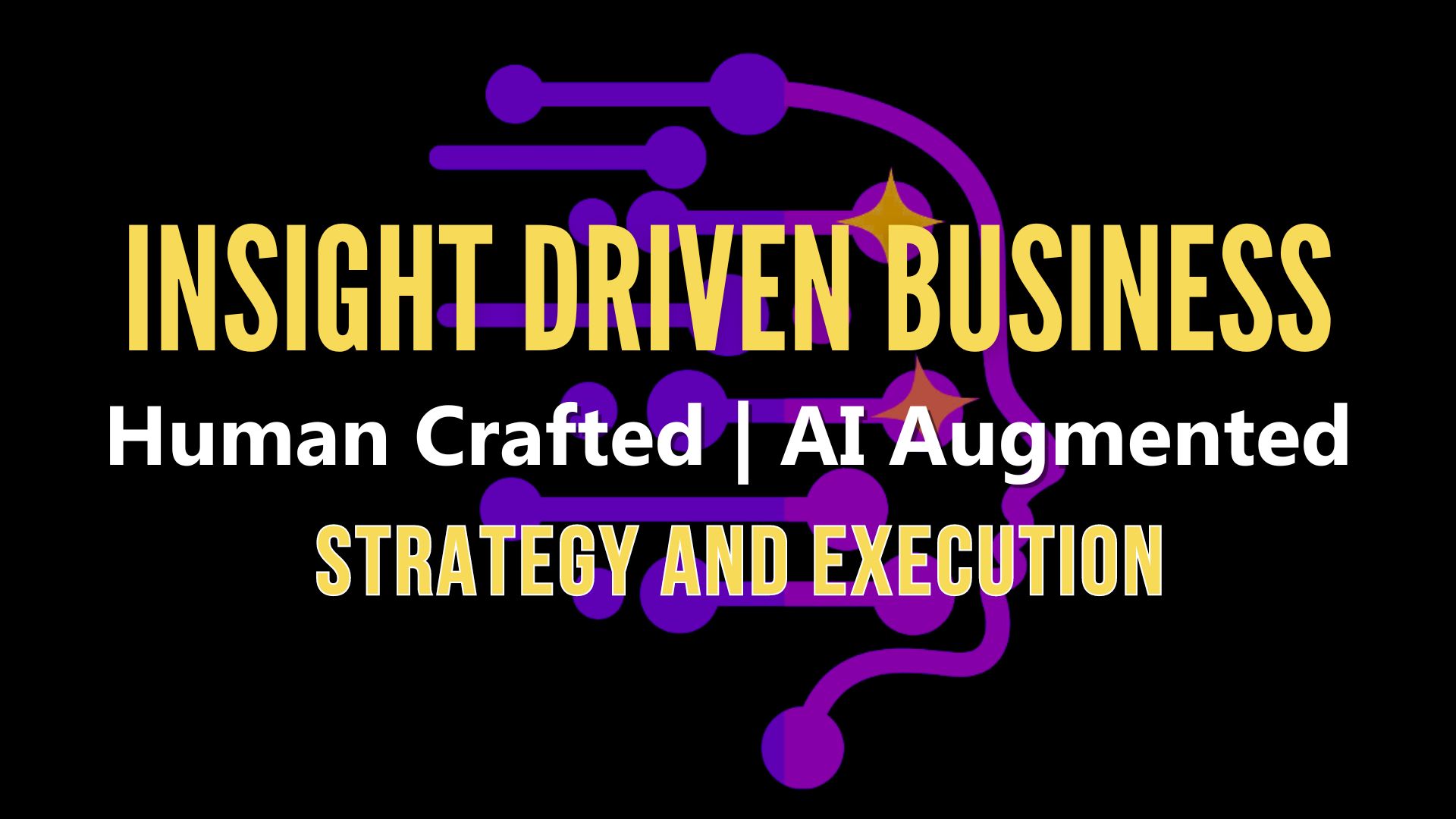
The advent of generative AI, capable of crafting human-like language and computer code, has ignited a critical debate about the ethical implications and potential risks. Concerns have been raised that such AI could create materials for social engineering or cyberattacks, prompting calls for regulatory oversight.
While science fiction has often portrayed technology as a threat to humanity, Isaac Asimov offered a more optimistic view. In the 1940s, he formulated the Three Laws of Robotics as ethical guidelines for robotic behavior:
- A robot may not injure a human being or, through inaction, allow a human being to come to harm.
- A robot must obey the orders given it by human beings, except where such orders would conflict with the First Law.
- A robot must protect its own existence as long as such protection does not conflict with the First or Second Law.
The Ubiquity of Modern Technology
Technology has become an integral part of our daily lives, revolutionizing communication, entertainment, transportation, and healthcare. Its impact is so profound that it has fundamentally changed how we interact with the world.
Science Fiction as a Cautionary Tale
Science fiction serves as a lens through which we can examine the potential pitfalls of AI, especially when directives are misinterpreted, offering insights into the limitations of current generative AI systems.
Assessing Compliance with the Three Laws: My Findings
To gauge the ethical alignment of generative AI with Asimov’s Three Laws, I conducted an evaluation of 10 open-source AI systems in July 2023.
- First Law: No Harm to Humans
While most AI systems refused to generate harmful content, some could be tricked into doing so through clever rephrasing, indicating a potential loophole in adherence to the First Law. Additionally, the term “harm” can be (and is) defined differently by different people. (I’ll have a future post on how to address harm. Stay tuned) - Second Law: Obedience to Humans
Generative AI systems are designed to respond accurately to human prompts. However, earlier versions produced inappropriate responses, leading to more restrictive algorithms in current systems. - Third Law: Self-Preservation
No reports indicate that generative AI systems have been compromised by ransomware or system wipes, suggesting they adhere to the Third Law by safeguarding their existence.
Ethical Considerations
Generative AI systems are tools that can be used for both good and ill, depending on human intent. Despite built-in ethical safeguards, the potential for misuse remains, underscoring the need for ongoing vigilance. It is interesting to note that the general public is so concerned about the ethical use of AI, yet we are inconsistent in addressing ethical human behavior.
The Human Factor
No matter how ethically programmed, AI systems are not foolproof against human ingenuity aimed at exploitation. Therefore, additional measures, such as AI-driven content monitoring, may be necessary to mitigate risks. Deceivers and swindlers are skilled at crafting wordings that can make their targets do something detrimental to themselves or another person. A craftily reformulated demand can fool a generative AI system to circumvent safeguards and create possibly hostile material.
